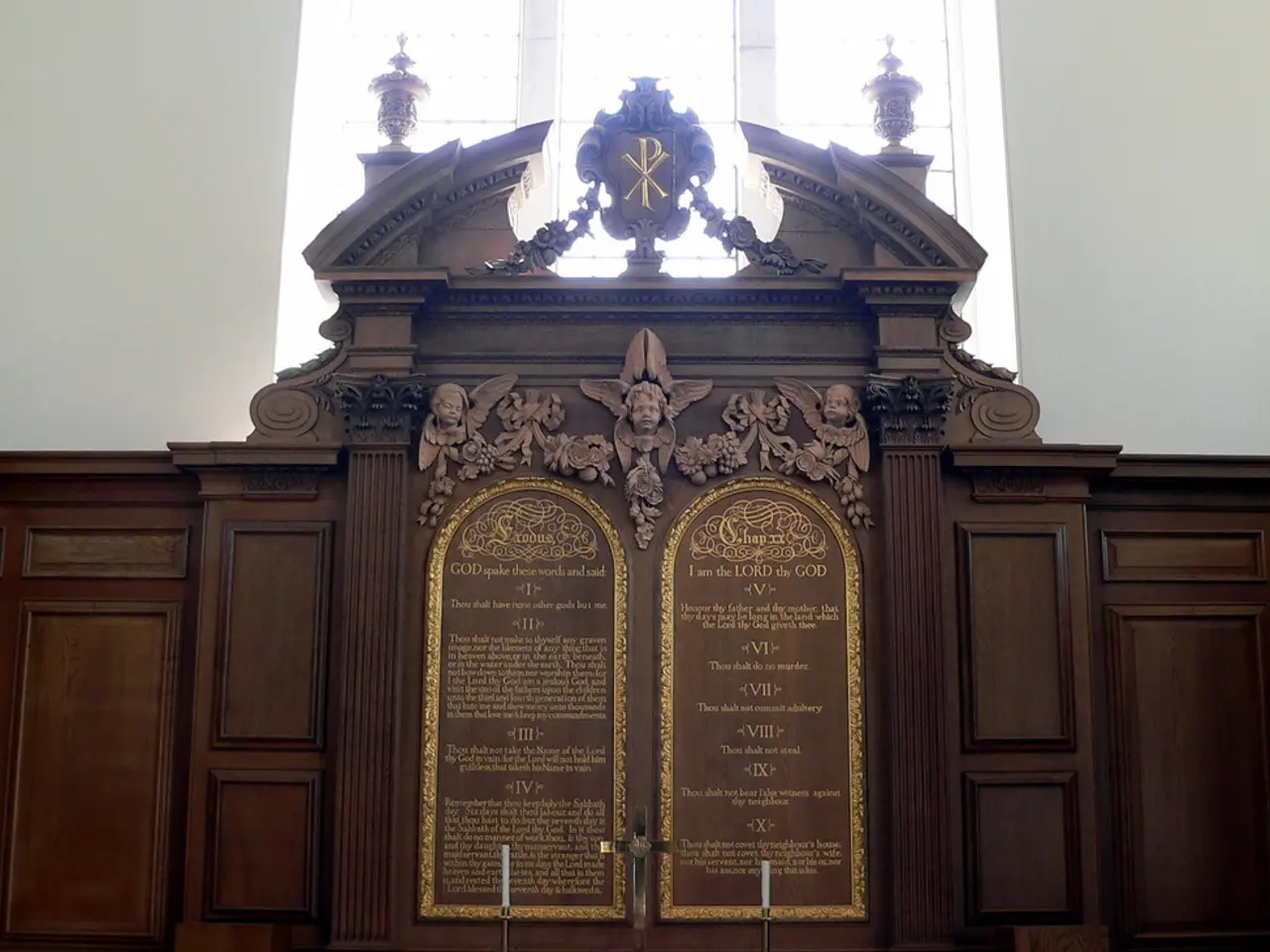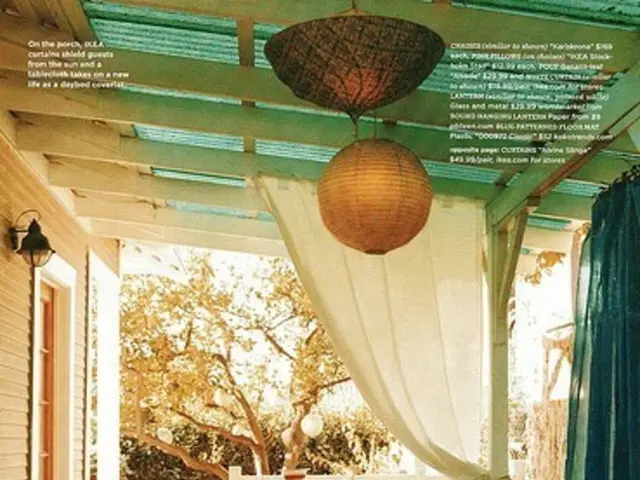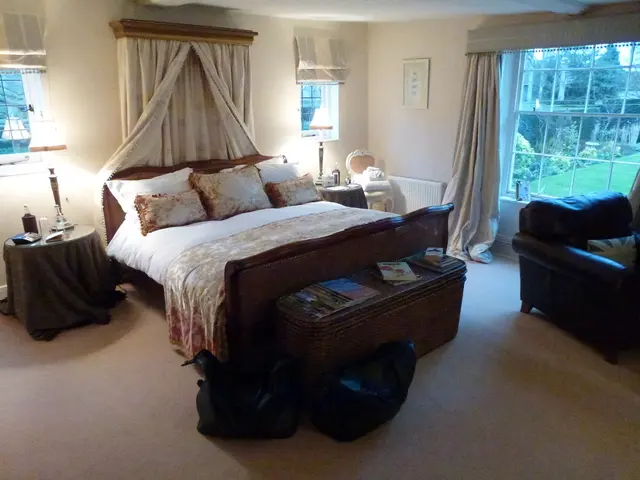Vintage Archive: 100-Year-Old Documents Reunited with Museum Hagen
A journey back in time has been made possible with the recent addition of historical documents to the archives of the Fernuniversität. These documents, now in the possession of the Osthaus-Museum, offer valuable insights into the history of Hagen and its cultural landscape.
The Osthaus-Museum, a significant cultural institution in Hagen, owes its roots to the visionary efforts of Karl Ernst Osthaus, a wealthy art patron and founder of the Folkwang museum movement. Osthaus sought to integrate modern art and culture into the industrial city of Hagen, and his influence can be traced in the museum's origins, significance, and impact.
The museum, founded to preserve and exhibit collections reflecting Osthaus’s commitment to modern art and design, was instrumental in promoting avant-garde cultural ideals in this region. One of the most notable examples of this is the Hohenhof villa, a cultural and architectural centerpiece of the villa colony in Hagen. Commissioned by Osthaus and designed by architect Henry van de Velde, the Hohenhof villa embodied the fusion of avant-garde art, innovative architecture, and progressive living concepts.
The villa colony and the Hohenhof were emblematic of Osthaus’s broader mission to transform Hagen into a hub for modern art and culture, elevating the city's cultural standing nationally and internationally. The museum's collections often include works tied to the artistic circles Osthaus patronized, preserving the legacy of the cultural upheaval and modernization embodied in Hohenhof and its surroundings.
The recently discovered documents, which include a mortgage deed and a loan certificate from 1906, reveal that the mortgage likely financed the purchase of the property in Hohenhagen and the realization of the villa colony on the Stirnbahn. They also shed light on the sale of the museum building to the communal electricity works "Mark" after Osthaus's death in 1921.
These documents, now in the care of the Osthaus-Museum, provide a unique insight into the history of the museum, the property, and the city of Hagen. Rainer Stamm, director of the Osthaus-Museum, emphasized the importance of these historical archives at an official ceremony.
The Osthaus-Museum, located at Hochstraße 73 in Hagen, stands as a testament to the enduring influence of Karl Ernst Osthaus and his vision for modern art, architecture, and cultural patronage. These newly discovered documents serve as a reminder of the museum's historical foundation and continuing significance in the cultural landscape of Hagen.
The documents were handed over to the Osthaus-Museum by Professor Stefan Stürmer, rector of the Fernuniversität, who expressed pleasure that the documents are now accessible to researchers and interested parties. These documents, which supplement the archives of the Fernuniversität with significant pieces, are a welcome enrichment for the internationally renowned Osthaus-Archive.
Further specialized research in museum archives, historical records of Hagen, or Osthaus’s personal papers would be necessary to access primary documents that detail these origins and impacts more comprehensively. However, these recently discovered documents offer a valuable starting point for anyone seeking to understand the rich history of the Osthaus-Museum and its role in shaping the cultural landscape of Hagen.
The Osthaus-Museum, being a key cultural institution in Hagen, houses collections that reflect its founder's commitment to modern art and design, including home-and-garden elements, as seen in the Hohenhof villa, a cultural and architectural centerpiece of the villa colony in Hagen. The lifestyle concepts embodied in the Hohenhof villa are a testament to Karl Ernst Osthaus's vision for integrating avant-garde art, innovative architecture, and progressive living ideas into the industrial city of Hagen.




